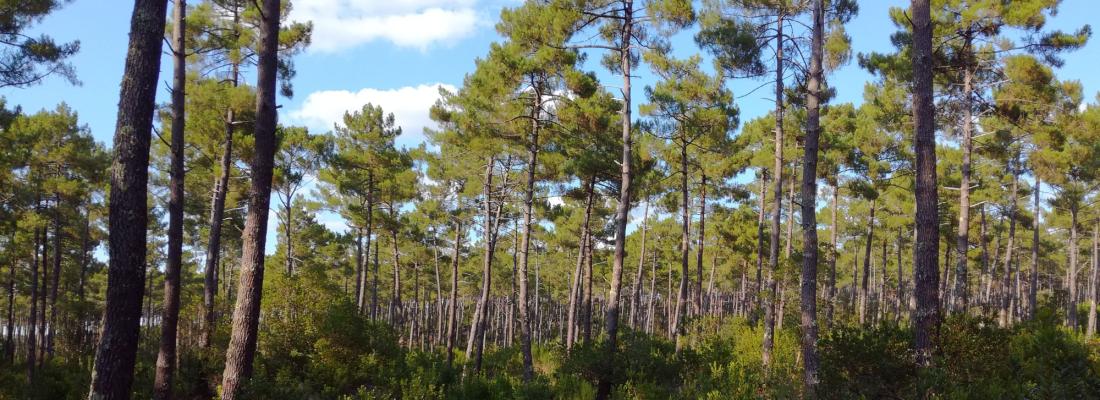Climate change and risks Reading time 3 min
A new model predicts forest tree growth in new environments
Published on 02 May 2022

Trees are an essential cornerstone in the functioning and survival of forest ecosystems. But as global change accelerates, certain tree populations, too slow to adapt, may experience population decline or even extinction. Conservation and forest management strategies can be implemented to avoid such scenarios, such as moving trees to more compatible climates, known as assisted gene flow, or to threatened populations that lack genetic diversity, known as evolutionary rescue. Because such strategies commit forest management authorities for several years, it is important to anticipate how transplanted trees will respond to their new environment.
Until now, prediction models have been based mainly on the climate of origin of transplanted tree populations. However, genomic data provide valuable information on adaptive processes in trees, such as growth. With climatic and genomic information more and more accessible thanks to the continually decreasing cost of sequencing technology1, the research team* developed models combining these two types of data to improve the robustness and accuracy of predictions.
A model based on a large-scale experimental scheme of maritime pine in France, Spain and Portugal
Researchers developed the models using maritime pine, an emblematic species of the Mediterranean basin. An experimental monitoring system was set up at five sites, in France (Cestas Pierroton), Spain (Asturias, Cáceres and Madrid) and Portugal (Fundão), with trees from 34 maritime pine populations collected throughout the species' natural habitat. Scientists focused on predicting the height growth of trees, a critical factor in economic and ecological terms given that the fastest growing trees have a higher probability of survival and reproduction.
Results show that observed height variations in maritime pine are explained by the different gene pools from which they originate and by the different climates in which they’ve evolved. The incorporation of climatic and genomic data into the models improved predictions of population height growth by an average of 14–25% depending on the experimental site, compared to models based on climatic data alone.
The findings hold potential for the development of models to predict how transplanted tree populations adapt to a new environment in the context of forest conservation and management.
1 Sequencing is the process of determining the order of the bases that make up the DNA of an organism and allows its different genes to be identified.
Reference
Juliette Archambeau, Marta Benito Garzón, Frédéric Barraquand, Marina de Miguel Vega, Christophe Plomion, et Santiago C. González-Martínez. Combining climatic and genetic data improves range-wide tree height growth prediction in a forest tree. The American Naturalist, Volume 0, Number ja DOI: doi.org/10.1086/720619
* Laboratories involved:
- UMR BIOGECO (INRAE, Université de Bordeaux)
- Institut de mathématiques de Bordeaux (CNRS/Bordeaux INP/Université de Bordeaux)
- UMR EGFV ( Université de Bordeaux, Bordeaux Sciences Agro, INRAE, ISVV)
